QuestionMy year old, female pbp Belle's back legs seem to "buckle" and she falls on her rear. She is spayed and weighs 60 lbs. She jumps on our beds and couches (she's allowed!) and stands on her back legs and does a trick called "meerkat" for treats. It just started yesterday. She squeals when it happens but I don't know if she is scared or in pain. Have you ever heard of this happening before? Thanks
AnswerI am not a vet and I can't make a diagnosis over the internet, but this is a common symptom of two completely different problems.
The first possibility is Dippity Pig. Dippty is a collection of symptoms that lasts no longer than 72 hours. It's scary and frightening the first time it happens, but it isn't serious.
One big symptom is the "buckling" you describe, where the pig's butt "dips" to the floor. The pig acts like it hurts. Shortly after the dipping starts, long welts or open sores appear on the pigs side or back. Sometimes they open and ooze a pink goo. The dipping and sores vanish as quickly as they came. 24 - 48 hours after onset, the pig act completely fine and the welts and sores will be gone (a large, oozing sore may take another 24 hours to heal completely). The pig will show no sign of ever having Dippity.
There's lots of home remedies for Dippity, including very tiny doses of Bayetril or baby asprin, but because it comes and goes so quickly it's doubtful the remedies are doing anything more than possibly soothing the symptoms.
Nobody seems to know exactly what causes Dippity, the current popular theory is that it is some sort of a skin infection caused by a bacteria, spore, mold or other bug. It seems to happen in spring or fall, rarely in summer or winter. It happens to young pigs under age 2 or 3, and seldom happens to any individual pig more than once or twice. An older pig that once had Dippity may have it again in the spring or fall after a very stressful event such as rehoming or moving.
The other possibility is that this is the first sign of hip damage from standing on two legs and jumping up and down off furniture. Usually, the hip bone is near the rump, but in a pig, the hip is actually much farther up the back. Although young pigs are quite nimble (they have to be in the wild, or they would be eaten), as they get older they loose the flexibility in the hip and these activities can cause hip damage and arthritis. Many dog and pet supply places carry small steps that allow older dogs to climb on furniture and beds, these work great for pigs.

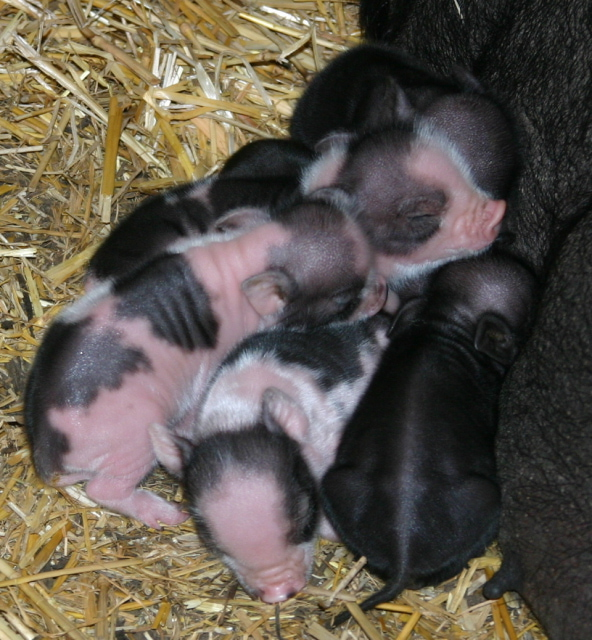 sucking noise?
QuestionMy pot belly pig is making a smacking, sucking
sucking noise?
QuestionMy pot belly pig is making a smacking, sucking
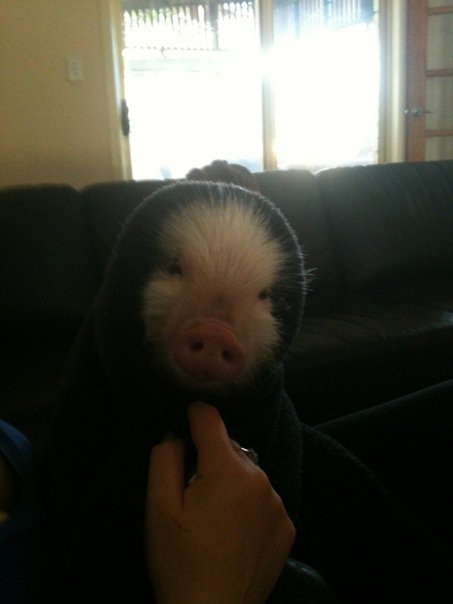 piggy likes to root us!
Question
our baby
hi patty, we have a darling little th
piggy likes to root us!
Question
our baby
hi patty, we have a darling little th
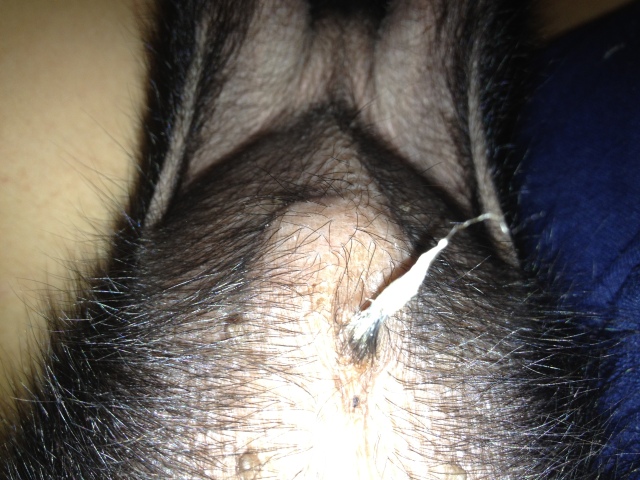 Secretion in my pigs penis
Question
Pig
I have notice that my pig of 5 mont
Secretion in my pigs penis
Question
Pig
I have notice that my pig of 5 mont
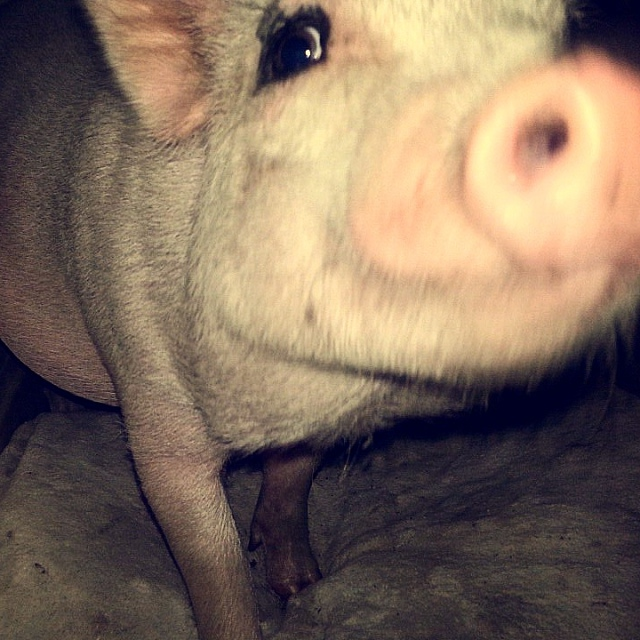 Gravy the Pot Belly Pig
Question
Gravy
Hello,
so I own a male pot belly
Gravy the Pot Belly Pig
Question
Gravy
Hello,
so I own a male pot belly
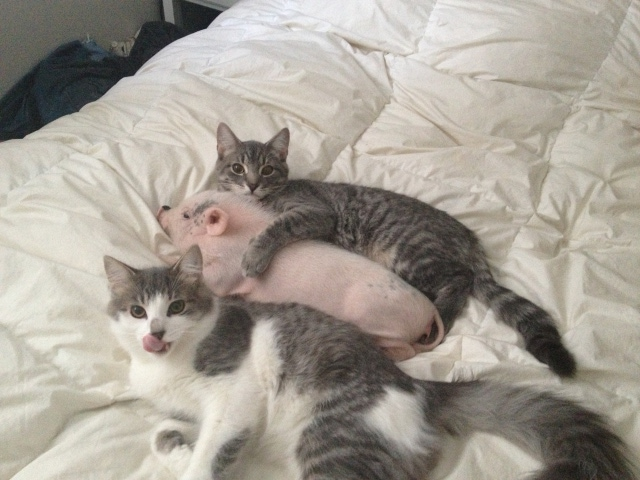 My pot belly pig isnt eating enough
QuestionSweet pea and friends
QUESTION: Hi I hav
My pot belly pig isnt eating enough
QuestionSweet pea and friends
QUESTION: Hi I hav